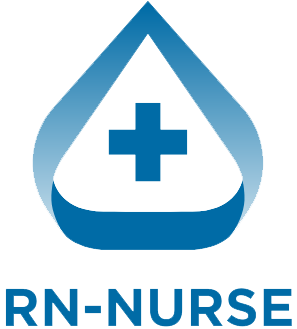Seizures in children can be frightening for both parents and healthcare providers. For every registered nurse (RN), understanding the difference between febrile and epileptic seizures is essential for ensuring patient safety and passing the NCLEX exam. In this guide, we’ll clearly explain the causes, signs, and nursing priorities for both conditions—making it simple and practical for real-life nursing care.
✅ What Are Pediatric Seizures?
A seizure occurs when abnormal electrical activity disrupts normal brain function. In pediatric patients, seizures can happen for several reasons, ranging from high fever to chronic neurological disorders such as epilepsy. Consequently, nurses must be able to identify the type, cause, and appropriate intervention quickly.
✅ Types of Pediatric Seizures
1. Febrile Seizures
Definition: These seizures occur due to a rapid rise in body temperature, often associated with infections like otitis media or viral illnesses.
Common Age: Typically between 6 months and 5 years.
Key Features:
- Brief duration (less than 15 minutes for simple febrile seizures).
- Usually occur within the first 24 hours of fever.
- No permanent neurological damage.
Triggers: High fever, family history of febrile seizures, or rapid temperature increase.
2. Epileptic Seizures
Definition: A chronic neurological disorder marked by repeated, unprovoked seizures.
Types:
- Generalized seizures: Affect both sides of the brain (e.g., tonic-clonic).
- Focal seizures: Start in one brain area and may spread to others.
Common Triggers: Sleep deprivation, emotional stress, flashing lights, or missed medication doses.
✅ Key Differences: Febrile vs. Epileptic Seizures
| Feature | Febrile Seizures | Epileptic Seizures |
|---|---|---|
| Cause | Fever-related | Neurological disorder |
| Age Group | Mostly infants/toddlers | Any age |
| Recurrence | Rare (unless fever repeats) | Frequent without treatment |
| Treatment | Supportive care | Long-term medication management |
✅ Nursing Priorities During a Seizure
During a seizure, safety always comes first. Therefore, every nurse must follow these essential steps:
🩺 Ensure Safety
- Place the child on a flat, padded surface.
- Turn them on their side to maintain an open airway and prevent aspiration.
- Never place objects in the child’s mouth.
🧠 Protect the Head
- Use a soft pad or folded blanket under the head to prevent injury.
📝 Observe and Document
- Record seizure duration and type of movements (which limbs, eye deviation, etc.).
- Note level of consciousness before and after the episode.
❤️ Monitor Vital Signs
- Track oxygen saturation, heart rate, and respiratory status throughout the event.
💊 Administer Medications (if ordered)
- For seizures lasting longer than five minutes, anticipate benzodiazepine administration (e.g., diazepam, lorazepam).
🌙 Post-Seizure Care
- Allow the child to rest in a quiet environment.
- Monitor for postictal confusion or drowsiness.
- Educate caregivers about follow-up care and safety measures.
✅ Long-Term Management
For febrile seizures, nursing care focuses primarily on fever control and parent education. Encourage the use of antipyretics and fluid intake.
In contrast, epileptic seizures require strict medication adherence. Nurses should teach parents to:
- Give antiepileptic medications consistently.
- Watch for potential side effects.
- Identify and avoid common triggers such as lack of sleep or missed doses.
✅ NCLEX Tips for Nurses
NCLEX questions often test safety and priority interventions. Expect “What’s the FIRST action?” style questions—the correct response is always to maintain the airway and ensure safety.
Additionally, remember:
- Antipyretics lower fever but do not stop seizures once they start.
- Benzodiazepines are the first-line medications for active seizures.
- Documenting time and activity helps evaluate treatment effectiveness.
✅ Why This Topic Matters
Understanding seizure management is essential for every nurse, especially those in pediatric or emergency settings. Moreover, it is a frequent NCLEX topic under safety and emergency care.
If you’re preparing for your exams, consider adding our Pediatric Nursing Bundle to your study plan—it covers seizure care, fever management, and neurological disorders in a clear, simplified format perfect for RN nurses.

